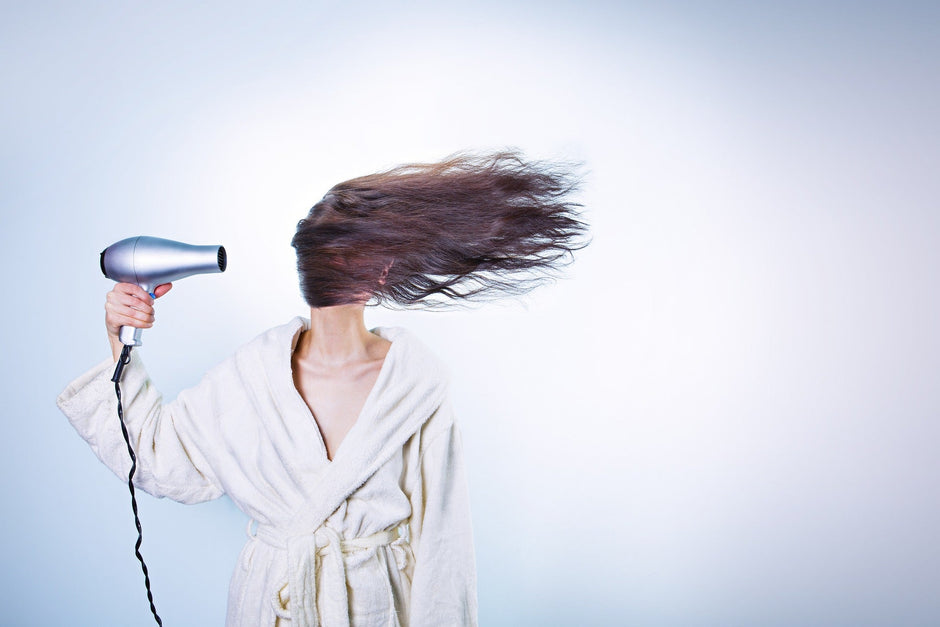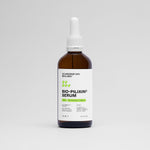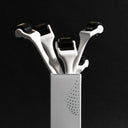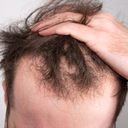The structure of the hair is a fascinating topic that encompasses its anatomy, growth cycle, and overall function. Understanding this structure is essential for anyone interested in hair health, beauty, and science. Whether you are a professional stylist, a trichologist, or simply someone who wants to learn more about hair care, knowing the components and characteristics of hair can help you achieve better results. In this article, we will delve deeper into the structure of the hair, exploring its layers, types, and functions.
Table of content
What is the structure of the hair?
The structure of the hair consists of three primary layers: the cuticle, cortex, and medulla. The cuticle is the outermost layer, composed of overlapping, scale-like cells that protect the inner layers. The cortex lies beneath the cuticle and contains the majority of the hair's proteins and pigments, giving hair its strength and color. The medulla is the innermost layer, which may not be present in all hair types and is thought to play a role in insulation and the overall thickness of the hair shaft.
Each layer of hair has specific functions and characteristics. The cuticle helps to protect the hair from damage caused by environmental factors like UV rays and pollution. It also contributes to the overall shine and smoothness of the hair. The cortex provides strength and elasticity, allowing hair to withstand bending and styling without breaking. The medulla's role is less understood, but it may contribute to the overall structure of thicker hair strands.
In addition to these layers, hair is made up of proteins, primarily keratin, which is a fibrous protein that forms the foundation of the hair structure. Hair also contains lipids, water, and small amounts of minerals and pigments. Understanding the structure of hair at a cellular level helps in determining the best products and treatments for various hair types, contributing to overall hair health.
As your leading source for hair health information over the past 4 years, we never compromise on accuracy. When it comes to your health, you deserve information you can truly rely on - and earning your trust is our top priority.
Here's how Scandinavian Biolabs ensures every piece of content meets the highest standards of accuracy and integrity:
- Credentialed Experts: Our reviewers are actively practicing doctors and medical researchers
- Stringent Reviews: Content undergoes rigorous editing by subject specialists and review by a practicing doctor.
- Evidence-Based: We rely on well-established research from trusted scientific sources like peer-reviewed journals and health authorities.
- Full Transparency: Our editorial standards, writer credentials, reviewer credentials, correction process, and funding are all publicly documented.
- Independent Voice: While we do promote products, we operate in a vacuum to business operations. Our main goal is just an unwavering commitment to providing medically-sound guidance.
You can count on Scandinavian Biolabs to consistently deliver the trustworthy health information you deserve. Read our Editorial Standards.
What are the types of hair and how do they differ in structure?
Hair can be classified into three main types: terminal hair, vellus hair, and lanugo. Terminal hair is thick, long, and pigmented, typically found on the scalp, face, and body. Vellus hair is fine, short, and unpigmented, covering most of the body. Lanugo is a type of fine hair that is usually present on fetuses and disappears before birth. Each type of hair has variations in its structure and growth cycle.
How does hair grow and what influences its structure?
The growth of hair occurs in cycles consisting of three phases: anagen, catagen, and telogen. The anagen phase is the active growth phase, lasting several years, during which hair follicles produce new hair cells. The catagen phase is a transitional phase lasting a few weeks where hair growth slows down, and the follicle prepares to enter the resting phase. The telogen phase is the resting phase, lasting several months, after which the hair falls out and a new cycle begins.
Several factors influence hair structure and growth, including genetics, hormonal changes, diet, and overall health. Nutrients such as proteins, vitamins (especially biotin and vitamin E), and minerals (like zinc and iron) play essential roles in maintaining healthy hair structure. Additionally, environmental factors such as sun exposure, humidity, and pollution can affect hair health and appearance.
How can you maintain healthy hair structure?
To maintain healthy hair structure, it is crucial to adopt a comprehensive hair care routine. This includes using gentle shampoos and conditioners that are suited for your hair type, avoiding excessive heat styling, and protecting your hair from environmental damage by wearing hats or using UV protection products. Regular trims help to prevent split ends and breakage, promoting a healthier appearance.
Incorporating a balanced diet rich in essential nutrients will also support hair health. Foods high in omega-3 fatty acids, antioxidants, and proteins are particularly beneficial. Staying hydrated and minimizing stress through relaxation techniques can further enhance hair health.
Conclusion
Understanding the structure of hair is essential for anyone looking to improve their hair care regime or delve into the science of hair. By recognizing the different layers, types, and growth cycles of hair, individuals can make informed choices about their hair care products and routines. Maintaining healthy hair structure requires a combination of proper care, a nutritious diet, and awareness of how various factors impact hair health. With the right knowledge and practices, achieving beautiful, strong hair is within reach.
Tired of Thinning Hair? Try a Clinically Tested Serum.
Looking for a natural way to regrow hair and achieve a thicker, fuller head of hair? Ditch the stinging nettle for hair loss – Bio-Pilixin Serum is a drug-free hair activation serum that delivers clinically tested results.
Here's why Bio-Pilixin is superior:
- Clinically Tested Results: 93% of users saw a reduction in hair loss, and 73% experienced increased hair density.
- Safe and Natural: Unlike harsh chemicals, Bio-Pilixin uses plant growth factors derived from stem cell technology to nourish hair follicles and stimulate growth.
- Fast-Acting: See visible results in as little as 45 days (most typically see results within 150 days).
Stop wasting time on unproven remedies. Bio-Pilixin is the safe & effective serum you've been searching for.
Read more:






